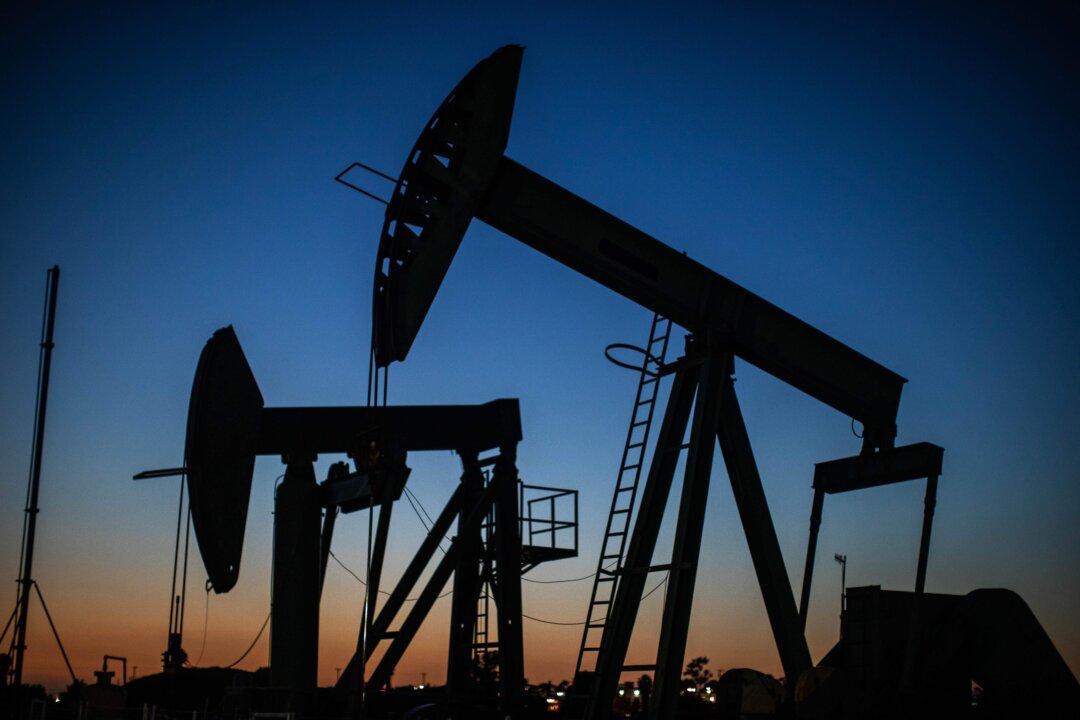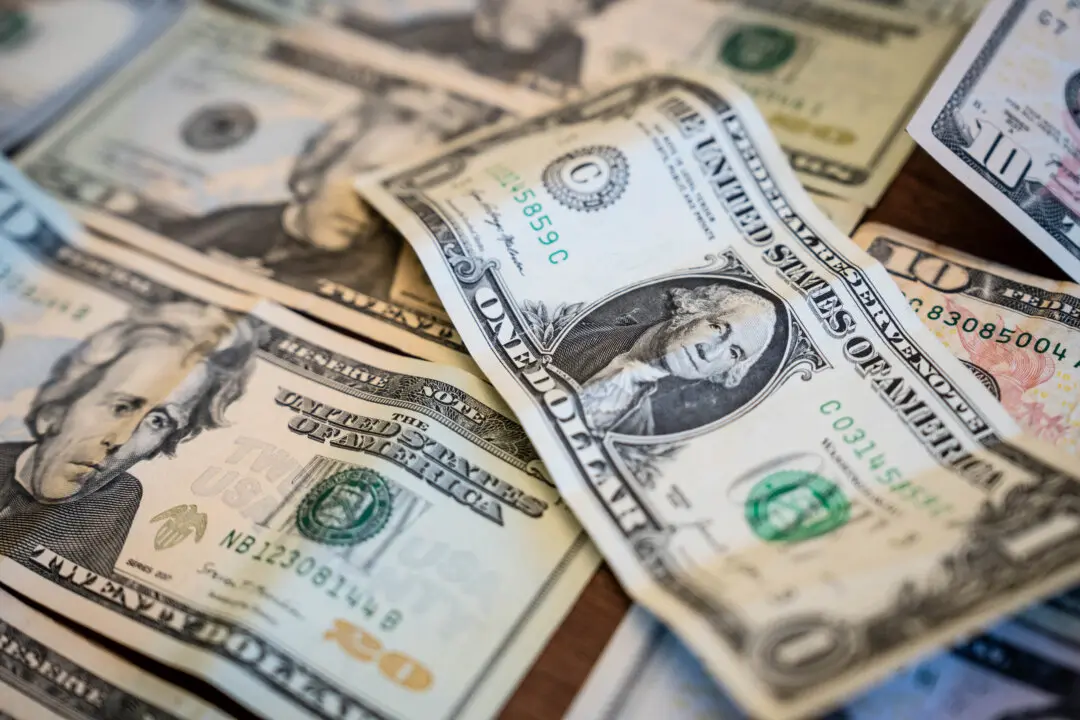Over the past month, West Texas Intermediate (WTI) crude oil prices have surged nearly 20 percent to around $120 per barrel. Despite soaring energy prices, U.S. output is still below pre-pandemic levels, with analysts pointing to Washington and cash discipline as the causes.
WTI and Brent, the international benchmark for oil prices, have rallied in recent sessions on China’s economic reopening and Saudi state-owned oil producer Saudi Aramco having raised the price of Arabia light crude for Asian customers by $2.10 per barrel. The European Union’s plan to reduce its imports of Russian energy by 90 percent at the end of 2022 has also contributed to the latest gains.





